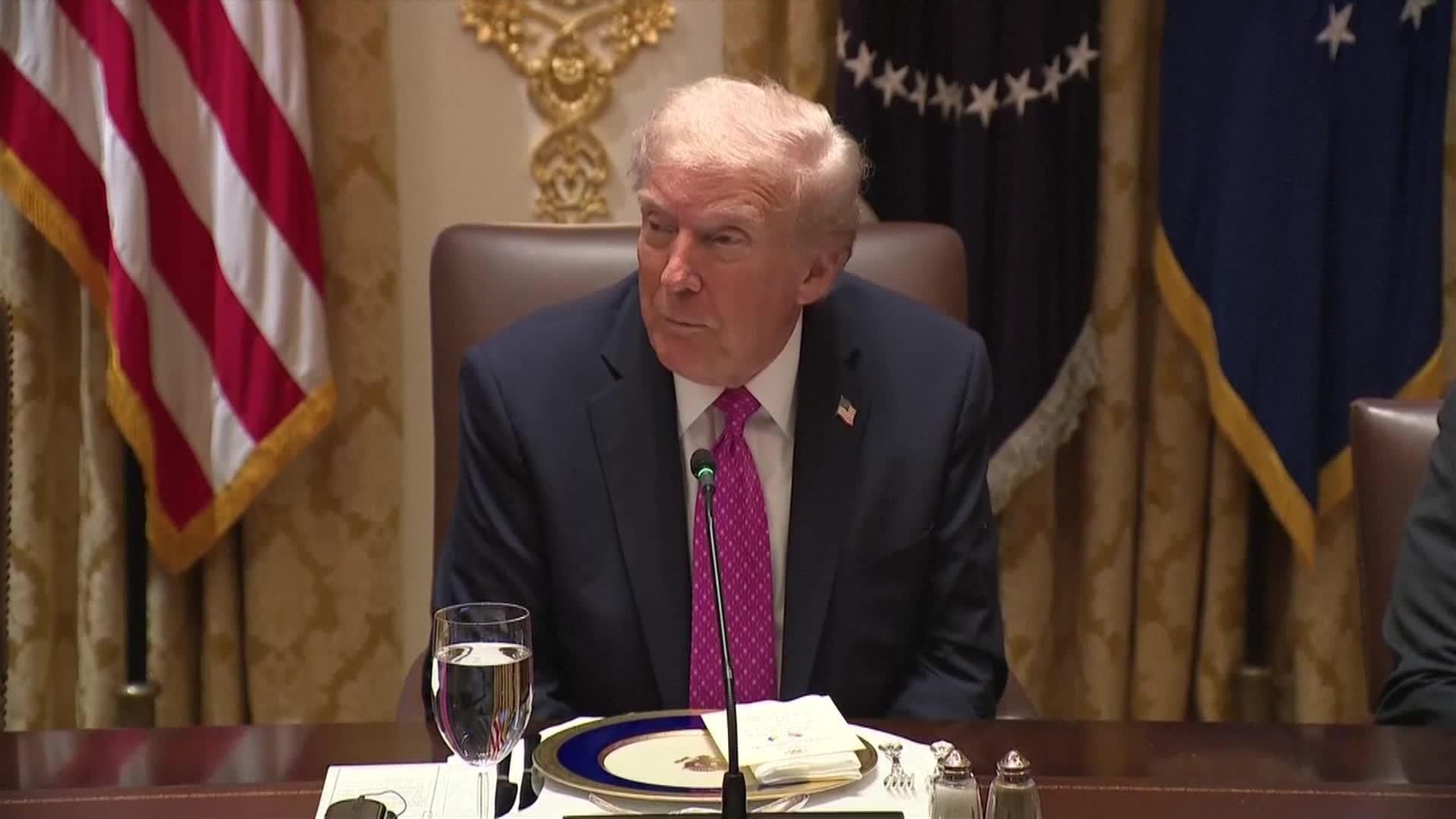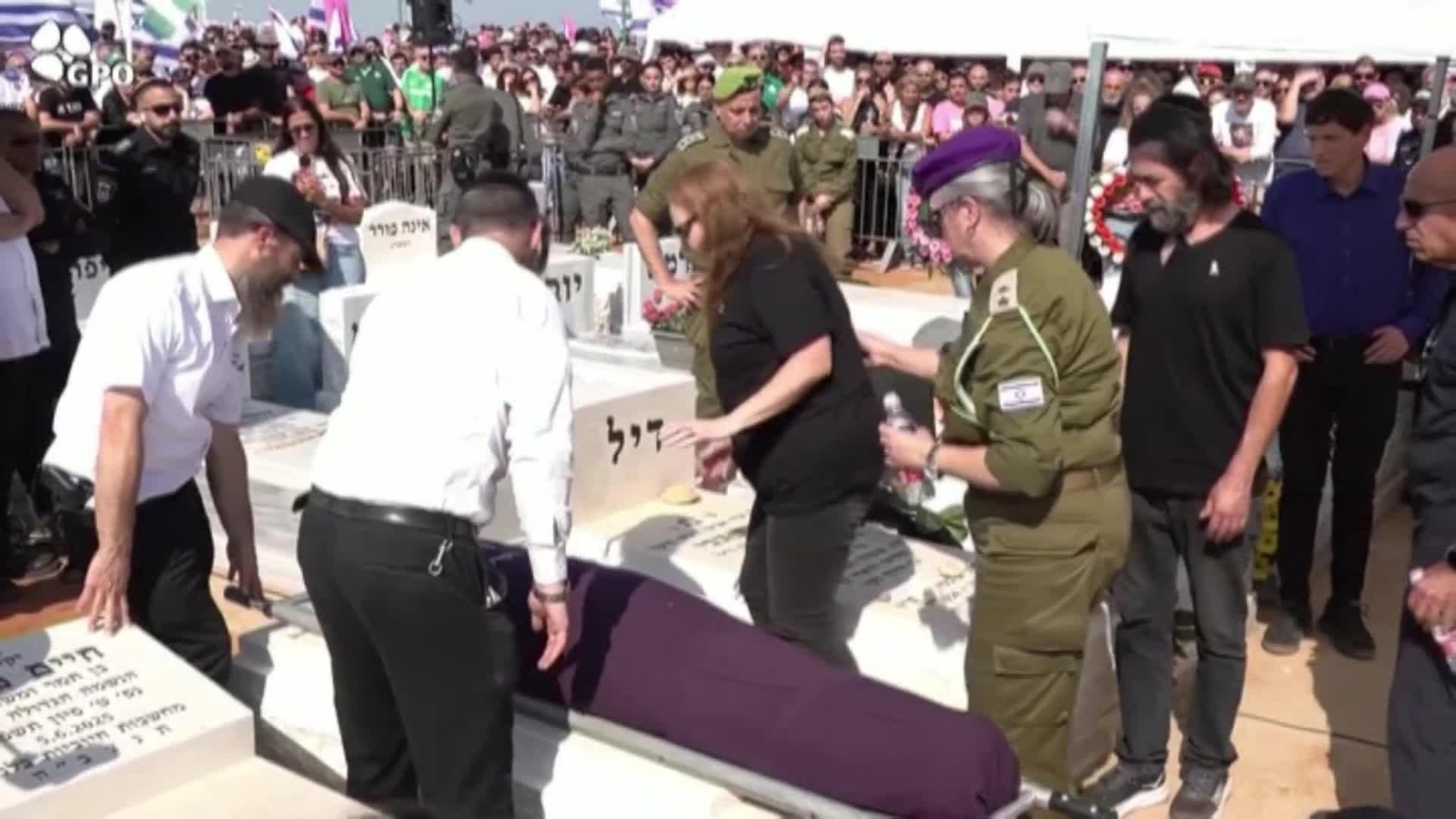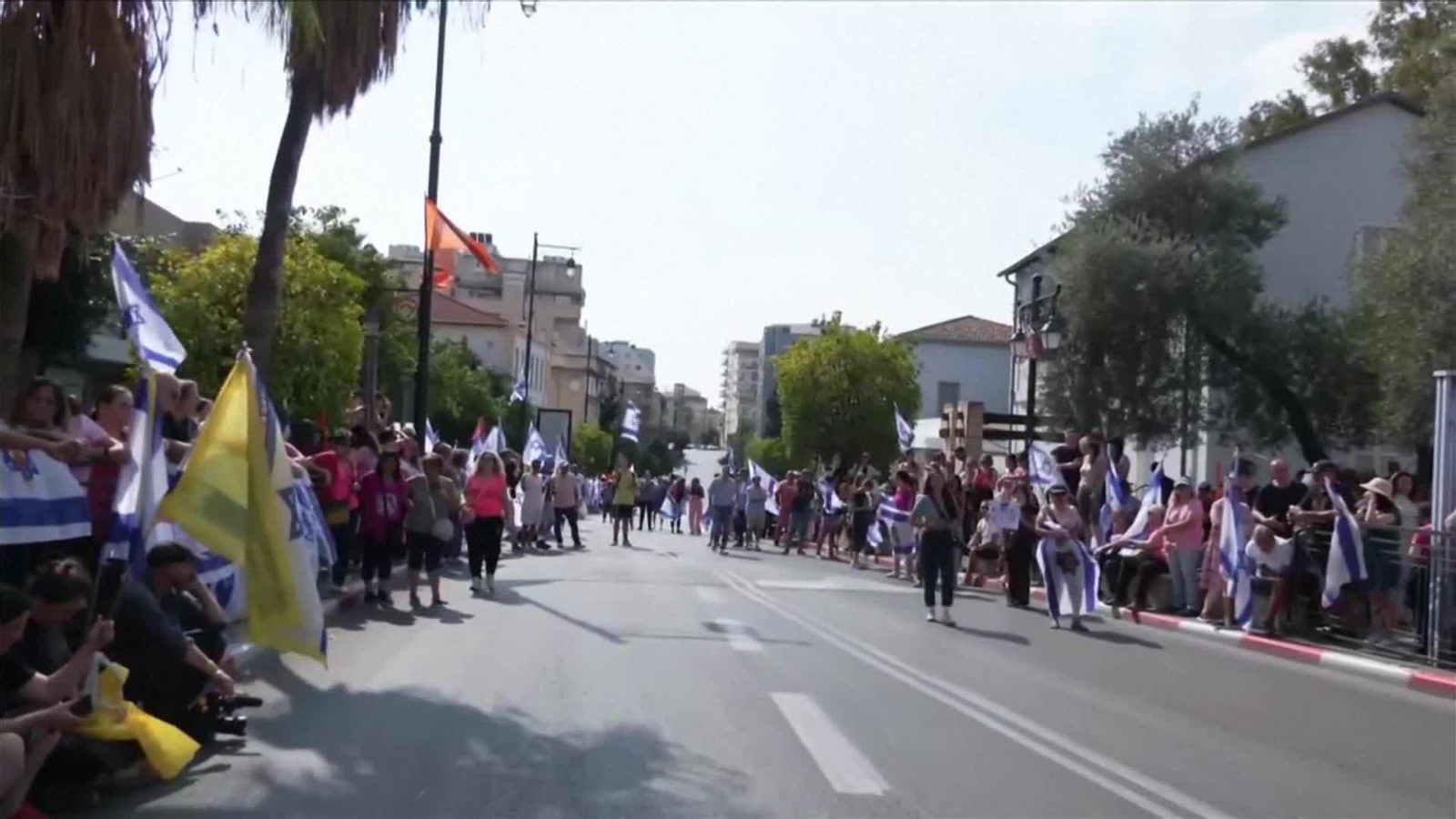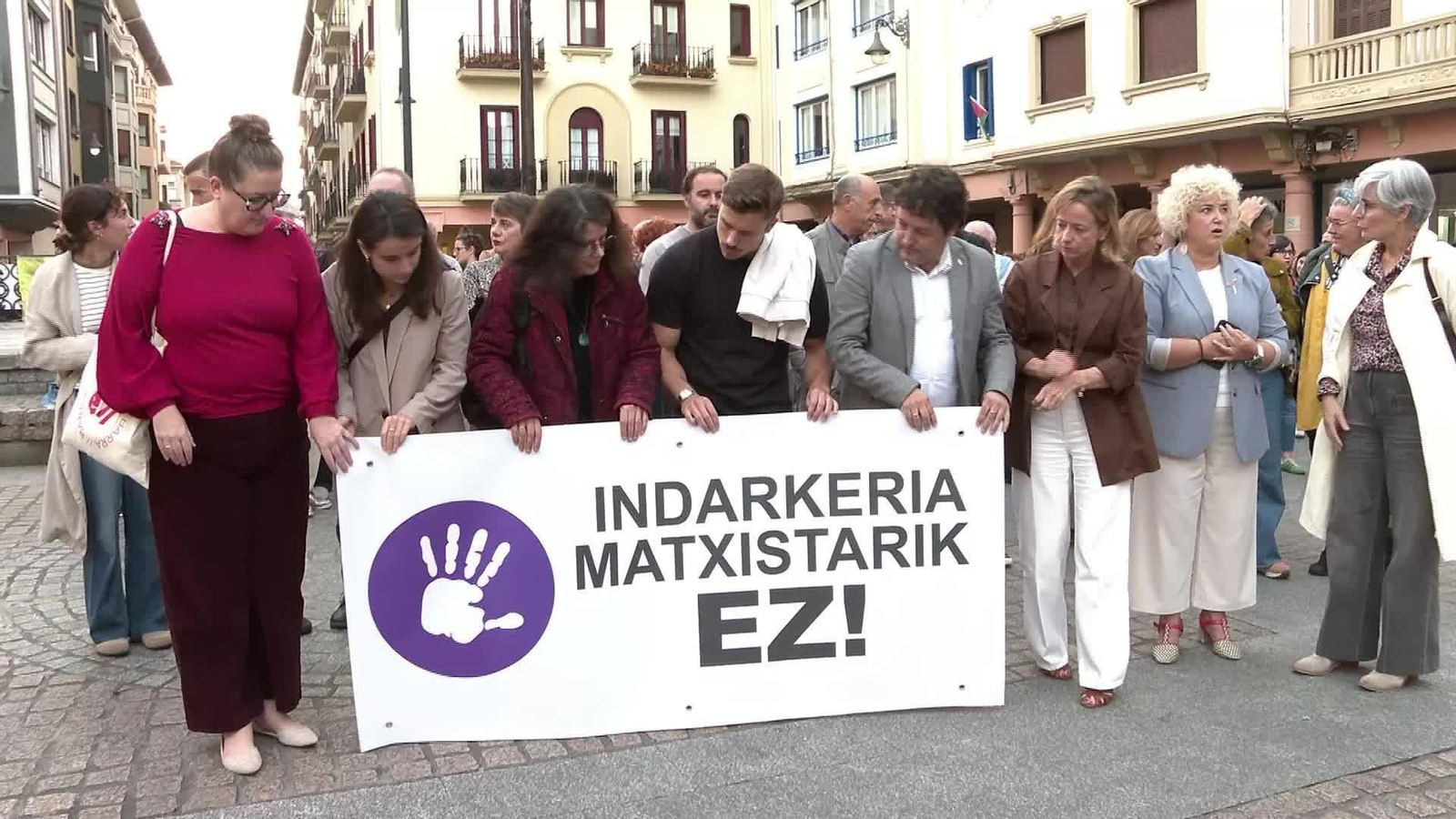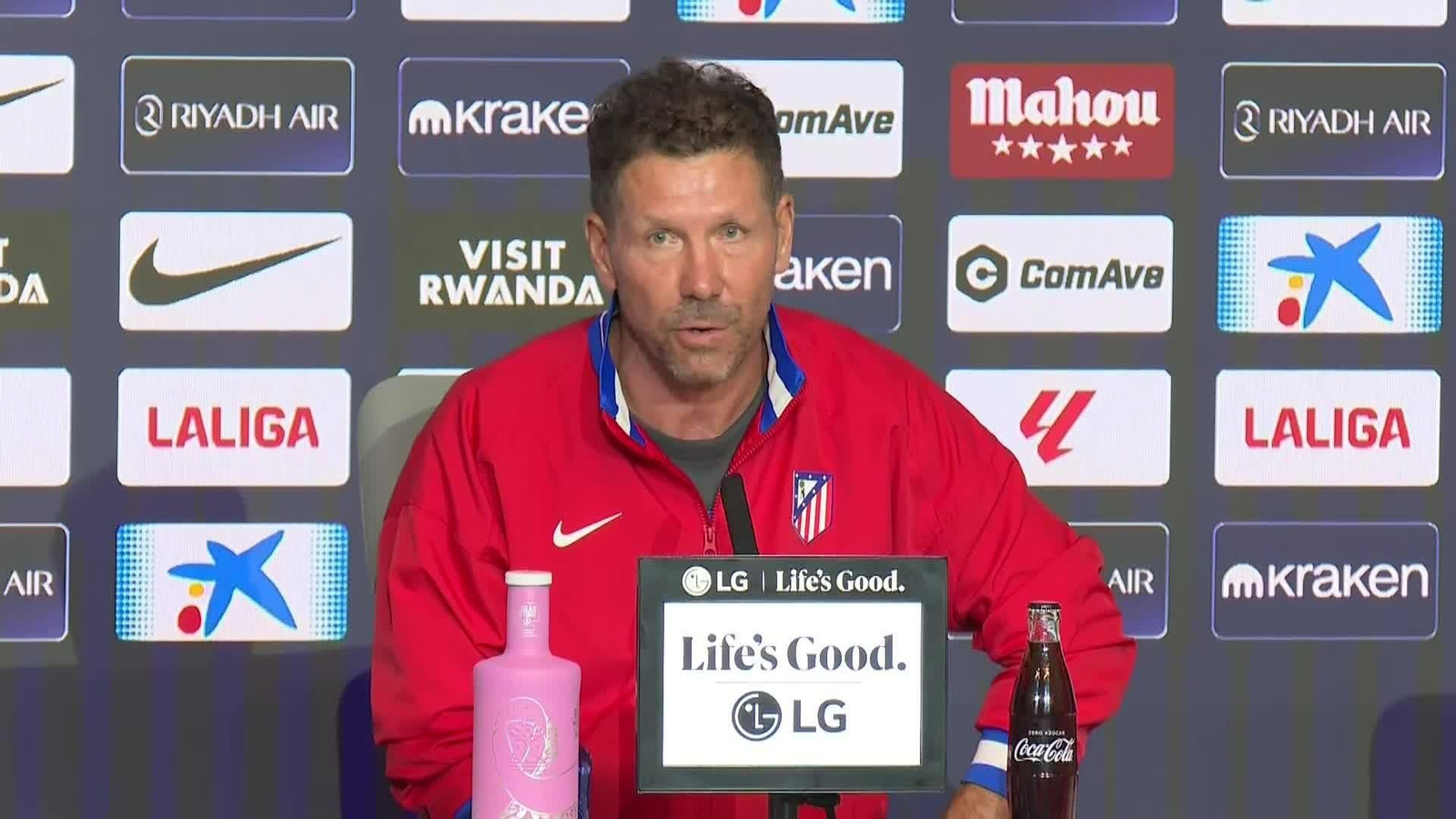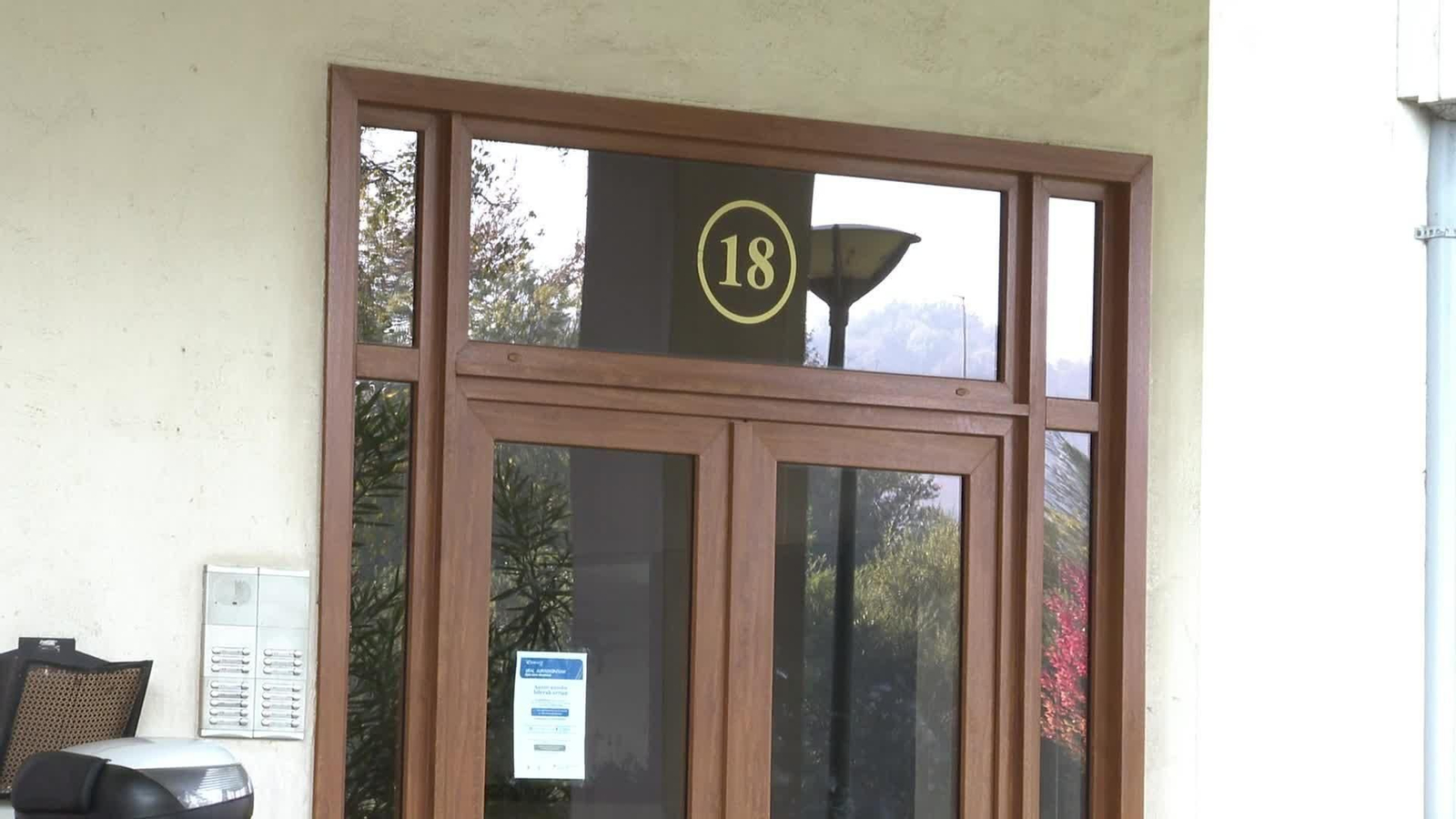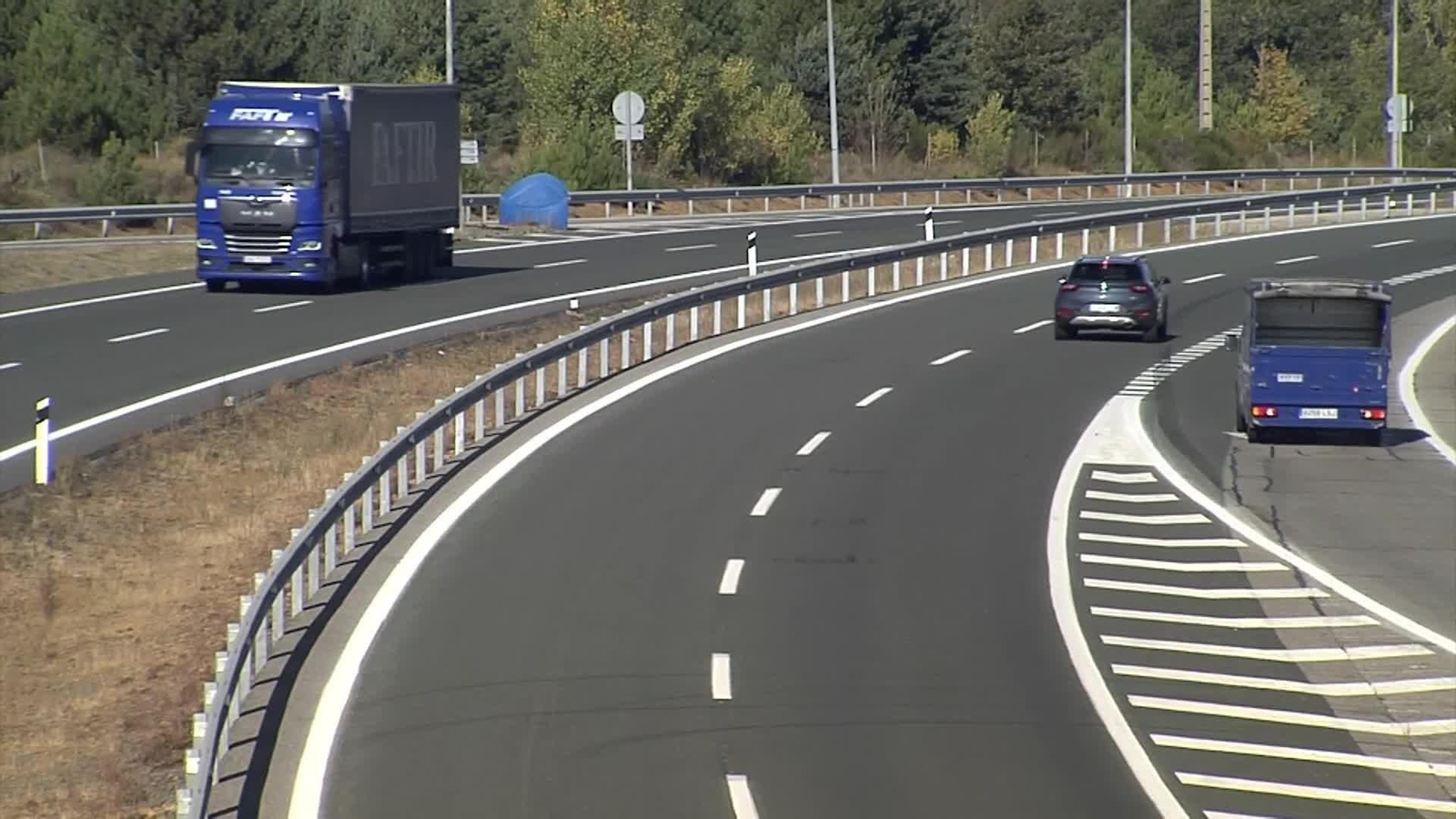V646-BOSNIA ANIVERSARIO SREBRENICA
Thousands of Bosnians marked the 30th anniversary of a massacre in which more than 8,000 Muslim Bosniak men and boys were executed by Bosnian Serb forces during a 1992-1995 war at a cemetery near Srebrenica on Friday (July 11).
Families buried the partial remains of seven victims, one of them a woman, alongside 6,750 already interred. Local and foreign dignitaries laid flowers at the memorial where the names of the victims are engraved in stone.
About 1,000 victims have yet to be found from Europe's worst atrocity since World War Two, which, decades later, still haunts Bosnia and Herzegovina's 3 million people. Families who retrieved victims' remains have increasingly opted to bury even just a few bones to give them a final resting place.
Survivors and families, standing or sitting by the rows of white gravestones, joined a collective Islamic prayer for the dead before the burial. Then, in a highly emotional procession, the men carried coffins draped in green cloth and Bosnian flags to the graves.
The massacre unfolded after Srebrenica - a designated U.N. "safe area" for civilians in Bosnia's war that followed the disintegration of federal Yugoslavia - was overrun by nationalist Bosnian Serb forces.
While the women opted to go to the U.N. compound, men tried to escape through nearby woods where most of them were caught. Some were shot immediately, and others were driven to schools or warehouses where they were killed in the following days. The bodies were dumped in pits then dug up months later and scattered in smaller graves in an effort to conceal the crime.
General Ratko Mladic, who commanded the forces, was convicted of genocide by a U.N. war crimes tribunal in The Hague, along with Serb political leader Radovan Karadzic.
Two international courts have ruled the massacre was genocide but Serb leaders in Bosnia and Serbia dispute the term, the death toll and the official account of what went on – reflecting conflicting narratives of the Yugoslav wars that still feed political divisions and stifle progress towards integration with Western Europe and the EU.
Last year, the U.N. General Assembly declared July 11 an international day of remembrance of the Srebrenica genocide, with many countries organising commemorations this year.
DESCRIPCIÓN DE IMÁGENES
POTOCARI, BOSNIA AND HERZEGOVINA (JULY 11, 2025) (REUTERS - Access all)
1. VARIOUS OF PEOPLE GATHERED AT SREBRENICA MEMORIAL CEMETERY
2. TOMBSTONE READING (English): "Srebrenica"
3. MEMORIAL TOMBSTONE
4. FLOWER ON MEMORIAL
5. PEOPLE WALKING NEAR MEMORIAL CEMETERY
6. PEOPLE GATHERED FOR PRAYERS
7. VARIOUS OF PEOPLE PRAYING
8. WOMAN PRAYING
9. VARIOUS OF BOY WEARING T-SHIRT WITH PALESTINIAN FLAG PRAYING
10. VARIOUS OF PEOPLE PRAYING
11. VARIOUS OF PEOPLE LAYING FLOWERS
12. MAN PRAYING
13. PEOPLE GATHERED AT CEREMONY
14. WOMEN PRAYING
15. VARIOUS OF PEOPLE CARRYING COFFINS PREPARED FOR BURIAL
16. PEOPLE WALKING NEAR BURIAL SITE
17. MEN PUTTING COFFIN DOWN
18. PEOPLE GATHERED AROUND BURIAL SITE
19. VARIOUS OF BURIAL
20. PEOPLE GATHERED AT MEMORIAL SITE
21. BOSNIAN FLAGS
22. PEOPLE GATHERED NEAR MONUMENT
23. PEOPLE PRAYING NEAR MONUMENT
24. VARIOUS OF OFFICIALS LAYING FLOWERS
